 Facebook
Facebook
 X
X
 Instagram
Instagram
 TikTok
TikTok
 Youtube
Youtube
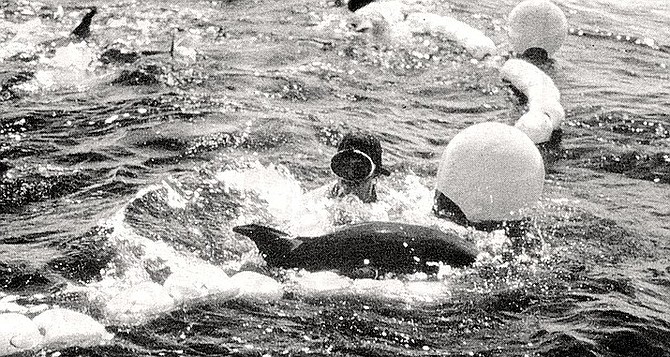
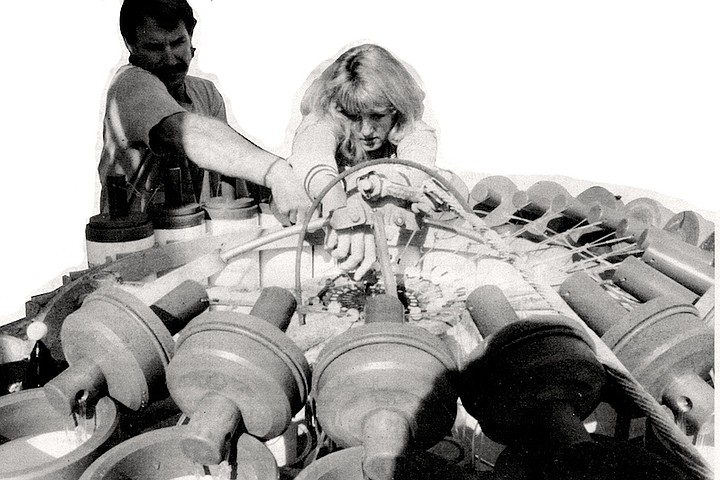
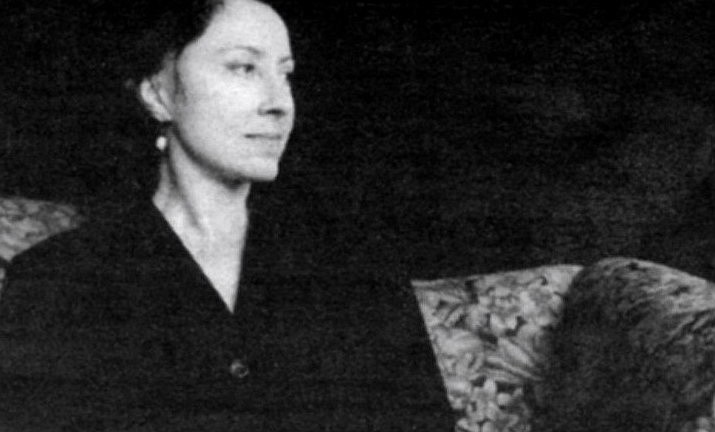

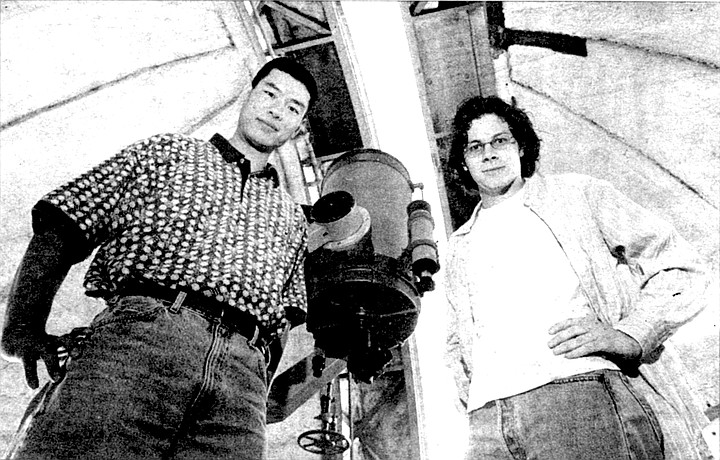
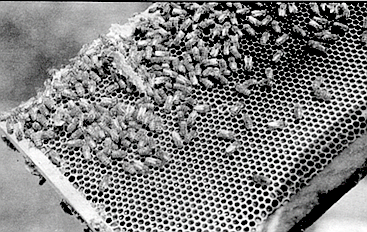
Douglas Whyknott, who wrote for the Reader from 1995 through 1998, is an 11th-generation Cape Codder. He played blues and jazz piano and formed the Whynott Boogie Trio after studying blues piano with Sammy Price, known as the king of boogie-woogie, in Harlem, New York.
He is the author of Following the Bloom—Across America with the Migratory Beekeepers (1991); Giant Bluefin (1995); A Unit of Water, A Unit of Time—Joel White's Last Boat (1999); A Country Practice—Scenes from the Veterinary Life (2004); The Sugar Season: A Year in the Life of Maple Syrup, and One Family's Quest for the Sweetest Harvest (2014)







Douglas Whyknott, who wrote for the Reader from 1995 through 1998, is an 11th-generation Cape Codder. He played blues and jazz piano and formed the Whynott Boogie Trio after studying blues piano with Sammy Price, known as the king of boogie-woogie, in Harlem, New York.
He is the author of Following the Bloom—Across America with the Migratory Beekeepers (1991); Giant Bluefin (1995); A Unit of Water, A Unit of Time—Joel White's Last Boat (1999); A Country Practice—Scenes from the Veterinary Life (2004); The Sugar Season: A Year in the Life of Maple Syrup, and One Family's Quest for the Sweetest Harvest (2014)
Comments